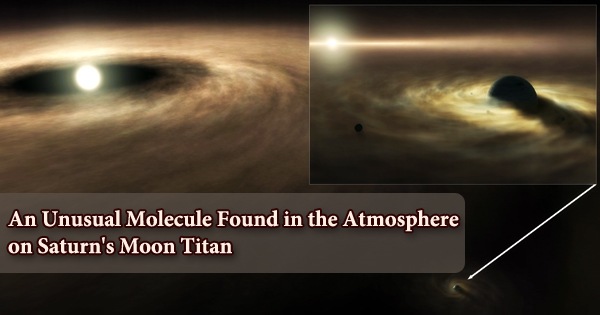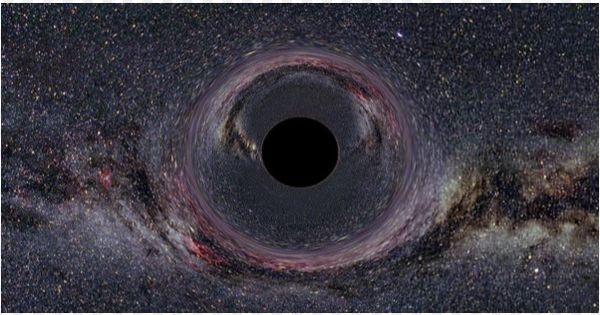Astronomers from around the world have used India’s AstroSat spacecraft to study the NGC 5291 system of interacting galaxies. The observational campaign’s findings, which were released in the Monthly Notices of the Royal Astronomical Society on April 6, 2023, provide important details about the system’s star-formation activities.
NGC 5291 is an interacting galaxy system made up of an early type galaxy called NGC 5291 and a partner galaxy called “the Seashell” that interacts with it. It is situated about 62 million light years away in the western outskirts of the galaxy cluster Abell 3574. The system has tails or extensions that emerge from the galaxy and are identified by knots.
The detected knots are star-forming complexes, and maybe even early tidal dwarf galaxies, as previous investigations of the NGC 5291 revealed a massive collisional HI (neutral atomic hydrogen) ring structure related to the system. Further inspection of the system found that these knots are in fact young tidal dwarf galaxies (TDGs) formed from the pre-enriched gas in the tidal debris.
A group of astronomers led by R. Rakhi of the NSS College in Pandalam, India, decided to take a closer look at the star-forming activity in the knots of NGC 5291. High-resolution ultraviolet imaging investigations of the system were carried out using AstroSat’s Ultraviolet Imaging Telescope (UVIT).
Many of the knots associated with the NGC 5291 system have high SFRs similar to BCD galaxies; this is characteristic of Category 1 TDGs.
The authors
“The main aim of the paper is to identify and characterize the star forming knots in the tidal tails and determine the star formation rates in these knots at the best possible resolution, taking into account dust attenuation of the ultraviolet spectrum,” the researchers explained.
The studies located 57 star-forming knots in all, 12 of which were new discoveries, that are a member of the interacting system NGC 5291. The sizes of these knots range from 4,500 to 37,000 light years.
The scientists computed the overall extinction-corrected star-formation rate (SFR) of the knots, omitting the NGC 5291 and Seashell galaxies. They found that the knots form stars at a level of approximately 1.75 solar masses per year.
The SFR of NGC 5291 and the Seashell galaxy is estimated to be 1.93 and 1.16 solar masses per year, respectively. It was noted that three known tidal dwarf galaxies in the system, located to the north (NGC 5291N), south (NGC 5291S) and south-west (NGC 5291SW), have relatively low SFR values of 0.3, 0.3 and 0.22 solar masses per year, respectively.
The researchers compared the SFR of NGC 5291’s knots with other dwarf galaxies. Many of these knots, they discovered, have SFR values that are similar to those of blue compact dwarf (BCD) galaxies.
“Many of the knots associated with the NGC 5291 system have high SFRs similar to BCD galaxies; this is characteristic of Category 1 TDGs,” the authors of the paper concluded.
















